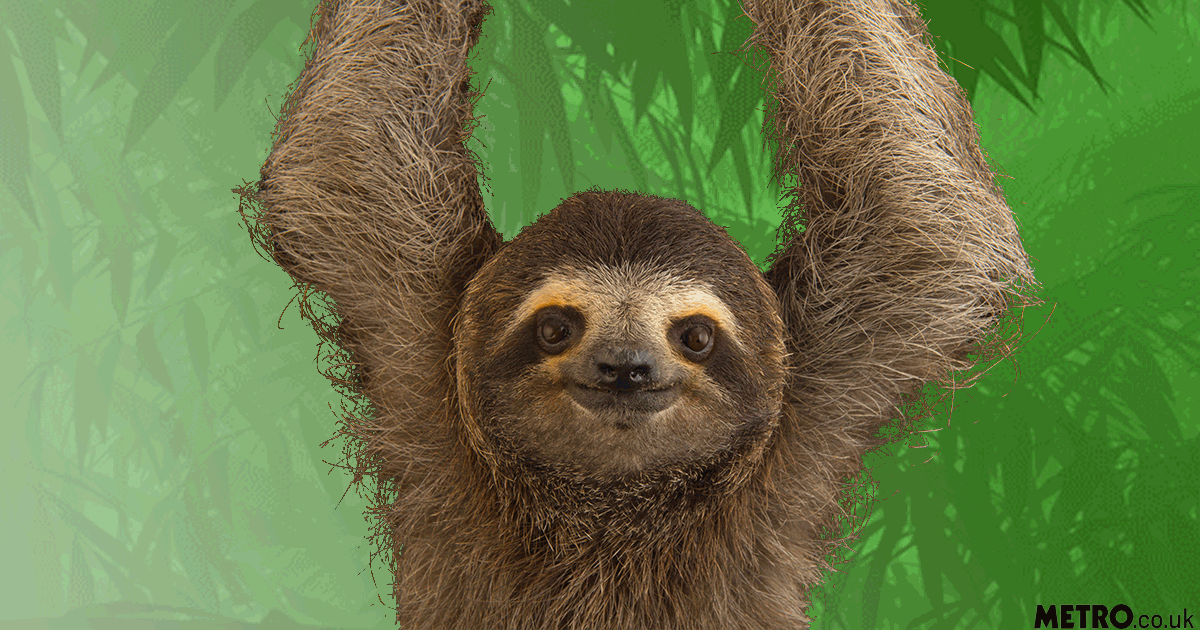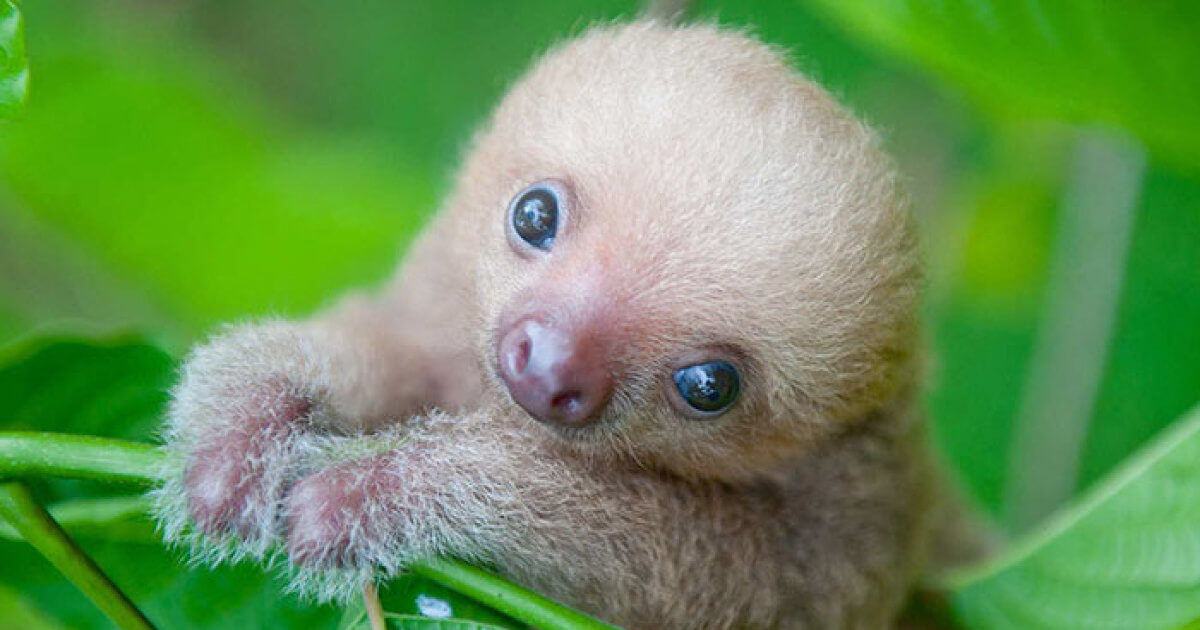

Sloths are almost helpless on the ground, but are able to swim. Their slowness permits their low-energy diet of leaves and avoids detection by predatory hawks and cats that hunt by sight. French paresseux) also mean "lazy" or similar. Sloth, related to slow, literally means "laziness," and their common names in several other languages (e.g. Sloths are so named because of their very low metabolism and deliberate movements.

They included both ground and arboreal forms which became extinct after humans settled the archipelago in the mid-Holocene, around 6,000 years ago.

Members of an endemic radiation of Caribbean sloths formerly lived in the Greater Antilles. The extinction correlates in time with the arrival of humans, but climate change has also been suggested to have contributed. However, they became extinct during the Quaternary extinction event around 12,000 years ago, along with most large bodied animals in the New World. Besides the extant species, many species of ground sloths ranging up to the size of elephants (like Megatherium) inhabited both North and South America during the Pleistocene Epoch. The two groups of sloths are from different, distantly related families, and are thought to have evolved their morphology via parallel evolution from terrestrial ancestors. Despite this traditional naming, all sloths have three toes on each rear limb- although two-toed sloths have only two digits on each forelimb. There are six extant sloth species in two genera – Bradypus (three–toed sloths) and Choloepus (two–toed sloths). They are considered to be most closely related to anteaters, together making up the xenarthran order Pilosa. Noted for their slowness of movement, they spend most of their lives hanging upside down in the trees of the tropical rainforests of South America and Central America. Sloths are a group of arboreal Neotropical xenarthran mammals constituting the suborder Folivora. Temporal range: Early Oligocene to Holoceneĭelsuc, Catzeflis, Stanhope, and Douzery, 2001


 0 kommentar(er)
0 kommentar(er)
